Dergi Kurulları
Baş Editör
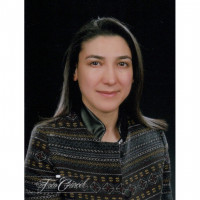
Yardımcı Editörler
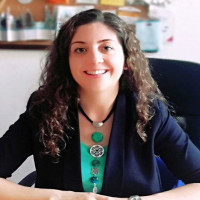

Defne Dursun, Atatürk Üniversitesi Şehir ve Bölge Planlama Bölümü'nde Dr. Öğr. Üyesi olarak görev yapmaktadır ve 2016 yılından beri Mimarlık ve Tasarım Fakültesi'nde öğretim üyesidir. Lisans derecesini Gazi Üniversitesi'nde aynı bölümde, Yüksek Lisans derecesini ise Orta Doğu Teknik Üniversitesi'nde Kentsel Politika Planlaması ve Yerel Yönetimler Bölümü'nde almıştır. Kent Üniversitesi'nde Erasmus Öğrencisi olarak Chris Pickvance ile bir yıl (2008-2009 akademik yılı) çalışmıştır. Fakülteye katılmadan önce iki yıl boyunca özel bir planlama şirketinde çalışmıştır. Şehir planlama alanındaki araştırma ilgi alanları çocuk dostu şehirler, yürünebilirlik, iklime duyarlı şehir planlama ve kentsel politikalardır.
Alan Editörleri
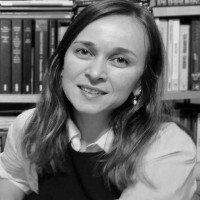

 Web
Web

 Web
Web

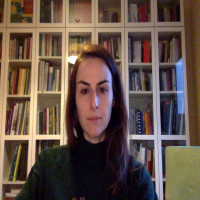

 Web
Web

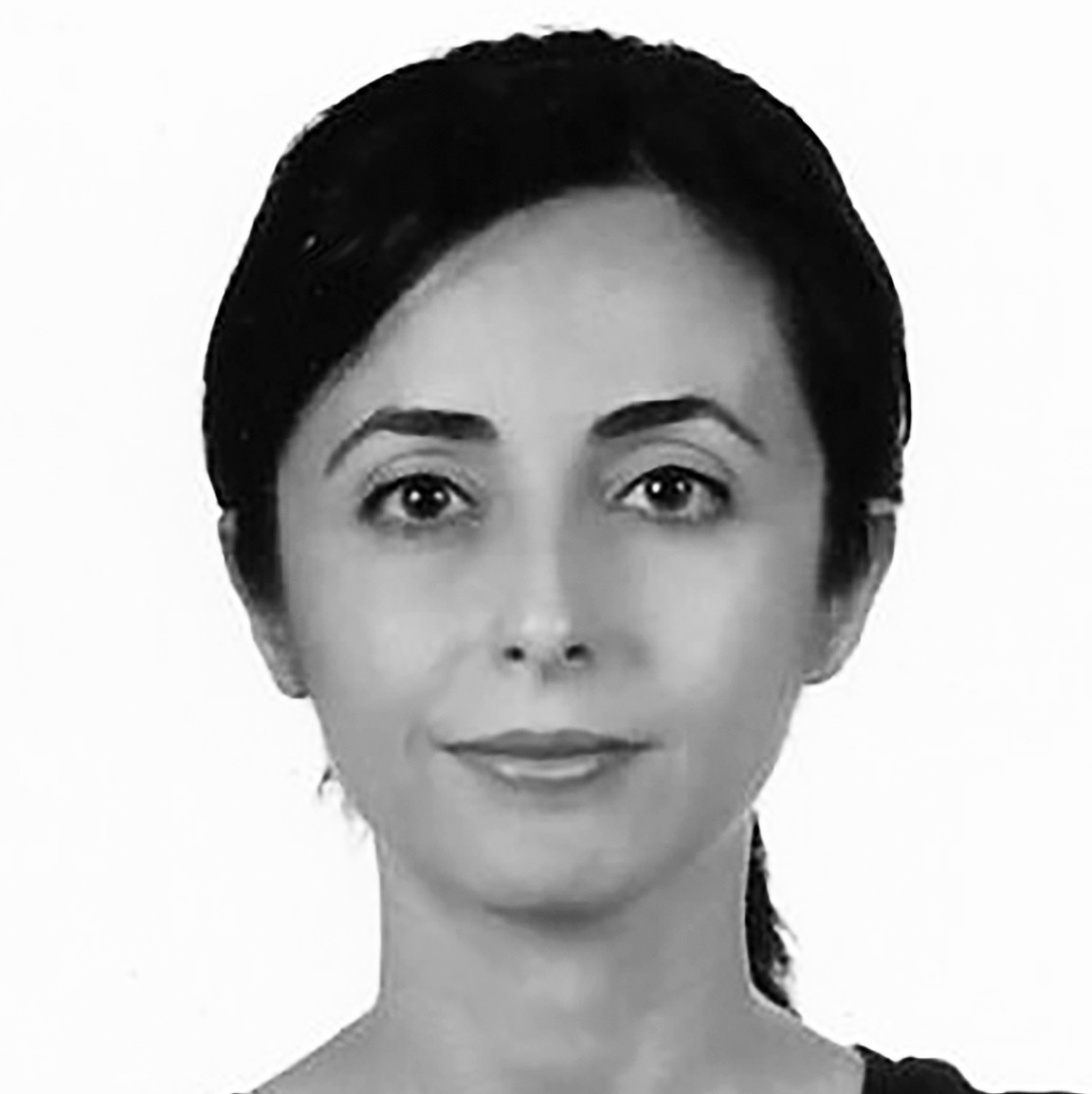
 Web
Web
General information
Assoc. Prof. Krystyna Januszkiewicz PhD, Eng. Of Architecture West Pomeranian University of Technology at Szczecin Department of Architecture (Poland).
Fields of Research
The main field of my research is architecture and its design as an area of knowledge and skills integrally related to the history, theory and practice i.e. digital technology in architectural design and an experimental exploration of topological and computational geometry, robotics orchestration; environmentally sensitive architecture; structural engineering complex geometry; new technologies and materials; theory and history of contemporary architecture.
Research work
221 articles, papers, chapters in Edited Volumes, 3 books
Author book titled: “On designing Architecture in the Age of Digital Tools. Current status and development prospects”. This is the first in Poland compendium of knowledge regarding the theory and history of architecture created in co-operation with digital technologies. And also, this is the first in Poland presentation of the achievements of Buckminster Fuller (1895-1983) in the context of modern information technologies, scientific research and increasing awareness of the need to protect the Planet Earth, what makes a significant contribution to the state of research in the world. This book provides research tools necessary for architectural theory, extending its cognitive range, and sets a new approach.
Bridge structures are a secondary field of my interest and of my research studies. The results of these studies were included in two books published by the Publishing House of Cracow University of Technology (2005 and 2012), one of which was awarded by the Minister of Infrastructure. The test results which were presented in these books proved to be extremely useful, especially for the design of bridges, since these books were published during the reconstruction of the national transport infrastructure supported by the EU funds.
A subject of my research is architecture and its design as an area of knowledge and skills integrally related to the history, theory and practice. This subject is further defined by digital technology CAD/CAM/CAE being involved in its development. It is not only about forms of complex geometry which require specific material and construction solutions. However, new geometrical forms and ecological concerns triggered the search for new materials and new structural solutions. Following Fuller's idea, my attention is directed towards those areas that concern the designing of eco-efficient architecture, where digital processes are miming natural formation and adaptation. My current research also includes a building envelope as building envelope as the physical separator between the conditioned and unconditioned environment of a building. It is the key element of building that determines the quality and controls the indoor conditions irrespective of transient outdoor conditions. With the use of parametric and multi-criteria optimization digital tools, the building envelopes can be designed to respond to various requirements. Methods, techniques and strategies currently used in this field are now in the center my interest. The subject of designing the architecture which is sensitive both to the environment and sustainable development has often been discussed in my current research papers and articles.
My future work will primarily focus on the built environment - on climate change adopted architecture and building structures. Global climate change is expected to pose increasing challenges for cities in the following decades, placing greater stress and impacts on multiple social and biophysical systems, including population health, coastal development, urban infrastructure, energy demand, and water supplies. In the past decade, there has been growing evidence that activities to mitigate climate change can have beneficial impacts on public health as a result of changes to environmental pollutants and health-related behaviors. Understanding the interrelation between these impacts and the built environment put forth to architects and engineers to develop innovative materials, components and systems, with the goal of designing to building envelopes more active i.e.
responsive, adaptive, as well as protective to variable and extreme climate conditions. My future research will be concentrated on building envelopes which are active to both internal and external conditions, and which should act as a protector of human health.

Dr. Manu P. Sobti is a landscape historian and urban interlocutor of the Global South with research specialisations in South Asia, South East Asia, Central Asia, and the Middle East. Within the gamut of the Global, the Islamic, and the Non-Western, his continuing work examines borderland transgressions and their intertwinement with human mobilities, indigeneities, and the narratives of passage across these liminal sites. From his perspective, ‘land-centered’ and ‘deep’ place histories replete with human actors serve as critical and de-colonizing processes that negate the top-down master-narratives wherein borders and boundaries simplistically delineate nation states and their scalar range of internal geographies. He was previously Associate Professor at the School of Architecture & Urban Planning (SARUP), University of Wisconsin-Milwaukee USA (2006-16). He has a B.Dipl.Arch. from the School of Architecture-CEPT (Ahmedabad - INDIA), an SMarchS. from the Massachusetts Institute of Technology (Cambridge - USA), and a Ph.D. from the College of Architecture, Georgia Institute of Technology (Atlanta - USA).
As a recognized scholar and innovative educator, Sobti served as Director of SARUP-UWM’s India Winterim Program (2008-15). This foreign study program worked intensively with local architecture schools in Ahmedabad, Delhi and Chandigarh, allowing students and faculty to interact actively, often within the gamut of the same project. He also set up a similar, research-focused program in Uzbekistan, engaging advanced undergraduate and graduate students to undertake field research at sites, archives and cultural landscapes. In partnership with the Art History Program at the University of Wisconsin-Madison, and SARUP colleagues, Sobti also co-coordinated the Building-Landscapes-Cultures (BLC) Concentration of SARUP-UWM’s Doctoral Program (2011-13), creating opportunities for student research in diverse areas of architectural and urban history and in multiple global settings. He served as the Chair of SARUP's PhD Committee between 2014-16, leading an area of BLC's research consortium titled Urban Histories and Contested Geographies.
Sobti's research has been supported by multiple funding bodies, including the Graham Foundation of the Arts (USA), the Architectural Association (UK), the National Council for Eurasian and East European Research (USA), the French Institute of Central Asian Studies (UZBEKISTAN), the US Department of State Fulbright Foundation (USA), the Aga Khan Foundation (SWITZERLAND), the Andrew W. Mellon Foundation (USA), the Massachusetts Institute of Technology (USA), the Centre for 21st Century Studies University of Wisconsin-Milwaukee (USA), the Institute for Research in the Humanities University of Wisconsin-Madison (USA), Stanford University (USA), in addition to collaborations with institutions in New Delhi/Chandigarh/Ahmedabad (INDIA), Samarqand/Bukhara (UZBEKISTAN), Erzurum (TURKEY) and New Orleans (USA). He has also served as a United States Department of State Fulbright Senior Specialist Scholar and received 7 Research Fellowships at important institutions worldwide. He is a nominated Expert Member of the ICOMOS-ICIP (Interpretation and Presentation of Cultural Heritage Sites) International Committee, responsible for debate and stewardship on contentious cultural heritage issues globally.

Dr. Roberta Ferritto is a classical archaeologist specialising in the architectural, environmental and socio-economic history of the Roman world. Currently, she is a Marie Skłodowska-Curie Global Fellow and Principal Investigator (PI) of the EU-funded project CLaRMaV - Coastal Landcsapes and Roman Maritime Villas: A Comparative Regional Study of Architectural Models and Environmental Settings, at the University of Bologna (Italy) and UPenn (USA). She worked as assistant researcher at Kiel University (Germany) and University of Reading (UK), where also was Sessional Lecturer while doing her PhD in Classics. She completed her BA at the University of Florence and her MA studies at La Sapienza University of Rome in Archaeology, followed by a MA-II Level in Architecture. Dr. Ferritto participated in archaeological fieldwork for almost two decades in Italy and Tunisia. She is currently the Ancient Architectural Specialist of The Casa della Carolina Project at Pompeii.
http://strand.rs/2017/architecture/organization/
Biography
Ružica Bogdanović, Phd is a Professor Emeritus of Urban planning and Sustainable development. Main areas of interest in research and teaching include: design – architecture & urban design, new media approach to architecture, concept of smart city.
She has initiated, conducted and implemented a number of scientific research projects as team leader and principal investigator. Has organized and moderated numerous panel discussions, round tables, national and international symposia. Author of numerous books and articles in professional journals. Presented papers at numerous national and international congresses and symposia.
Ružica Bogdanović contributes to the profession by active engagement in different professional organizations. She is a member of IsoCaRp, a delegate of Serbia in the ECTP, member of the Association of Serbian Town Planners, Society of Belgrade Urban Planners (was a Chairperson for 8 years, in two terms), Belgrade Association of Architects.
She received several awards for projects and books, as well as the Lifetime Achievement Award “Emilijan Josimovic Grand Award”.
Mantha Zarmakoupi is the Williams Assistant Professor in Roman Architecture at the University of Pennsylvania. She has published widely on Greek and Roman architecture and art – including monographs Shaping Roman Landscape (Getty 2023) and Designing for Luxury on the Bay of Naples (Oxford 2014), edited volumes The Villa of the Papyri at Herculaneum (De Gruyter 2010) and Hermogenes and Hellenistic-Roman Temple Building in Greece and Asia Minor (forthcoming) – as well as on the urban development and harbor infrastructure of late Hellenistic Delos. She currently conducts an archaeological project in collaboration with Ankara University at the Bouleuterion of Teos in Turkey (2022-). Mantha systematically fosters conversations across the fields of architecture and archaeology on ancient urbanism, ecology and diversity – for instance, in her edited volumes Looking at the City (Melissa 2023) and The Delos Symposia and Doxiadis (Lars Müller 2025) and exhibition An Archaeology of Disability (Venice Biennale 2021, Pisa 2022, Athens 2023, Thessaloniki 2024).
Susana Alves is an Environmental Psychologist with a Ph.D. in Architecture (Environment-Behavior Studies). Her work examines how natural landscapes can promote health and psychological well-being. Her research has focused on diverse groups of people, including older adults, migrants, and urban residents under stress. Through the assessment of landscape perceptions and activities, her research has addressed quality-of-life issues in neighbourhood outdoor spaces and in institutional settings for older populations. Key elements of her work include a multi-method approach to research, an emphasis on policy-related social issues, and a commitment to promoting culturally relevant social and environmental interventions for diverse communities.
Research topics of interest involve examining nature-based interventions in school settings, risk behavior in contexts of natural disasters, tangible and intangible aspects of historic
landscapes, and atmospheres in architecture. Dr. Alves has engaged in research and teaching activities in Brazil, the United States, the United Kingdom, Turkey, and Italy.

 Web
Web
Yabancı Dil Editörü

Defne Dursun, Atatürk Üniversitesi Şehir ve Bölge Planlama Bölümü'nde Dr. Öğr. Üyesi olarak görev yapmaktadır ve 2016 yılından beri Mimarlık ve Tasarım Fakültesi'nde öğretim üyesidir. Lisans derecesini Gazi Üniversitesi'nde aynı bölümde, Yüksek Lisans derecesini ise Orta Doğu Teknik Üniversitesi'nde Kentsel Politika Planlaması ve Yerel Yönetimler Bölümü'nde almıştır. Kent Üniversitesi'nde Erasmus Öğrencisi olarak Chris Pickvance ile bir yıl (2008-2009 akademik yılı) çalışmıştır. Fakülteye katılmadan önce iki yıl boyunca özel bir planlama şirketinde çalışmıştır. Şehir planlama alanındaki araştırma ilgi alanları çocuk dostu şehirler, yürünebilirlik, iklime duyarlı şehir planlama ve kentsel politikalardır.
Mizanpaj Editörleri


İstatistik Editörü
Content of this journal is licensed under a Creative Commons Attribution NonCommercial 4.0 International License